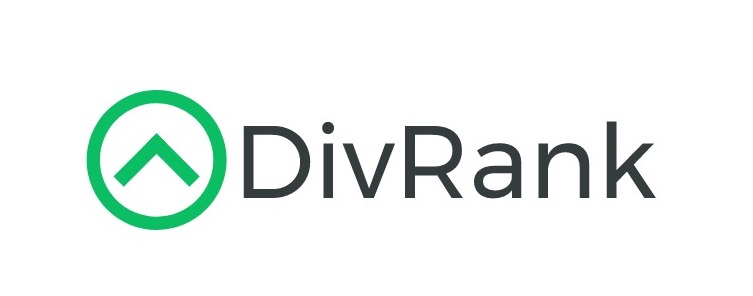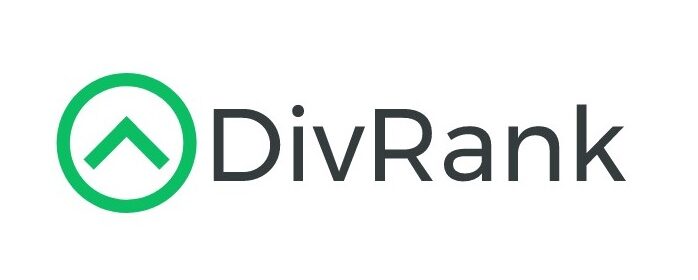Johnson & Johnson (NYSE: JNJ) has been downgraded by Leerink Partners from “Outperform” to “Market Perform,” with a revised price target of $153. This change is driven largely by new regulatory risks surrounding one of its top-selling drugs, Darzalex Faspro.
📉 The main concern lies in updated draft guidance from the Centers for Medicare & Medicaid Services, which now indicates that price negotiations could begin 13 years after the approval of the original active ingredient. Since the ingredient in Darzalex Faspro was approved in 2015, this puts potential pricing pressure starting in 2028—five years earlier than initially anticipated. That timing shift could take a notable bite out of U.S. revenues that were previously forecasted to hit $10.7 billion by 2028.
📊 Despite the downgrade, J&J’s Q1 2025 earnings were solid. The company posted adjusted EPS of $2.77 and revenue of $21.89 billion, beating Wall Street expectations. Management even raised its full-year guidance to between $91.0 billion and $91.8 billion in sales, reinforcing operational strength outside of the Darzalex narrative.
💰 Dividend Fundamentals
Johnson & Johnson is a hallmark of dividend consistency, having raised its dividend for 63 straight years. The current quarterly payout is $1.30 per share, which yields around 3.22% annually. With a payout ratio near 55%, the company preserves flexibility to support ongoing R&D, acquisitions, and shareholder returns.
Even with the downgrade, J&J remains a core holding for many income-focused investors. The steady dividend stream and broad healthcare footprint help cushion against potential headwinds in any single product line.

